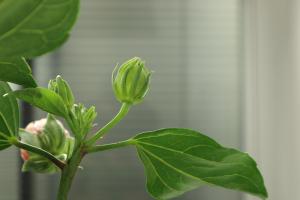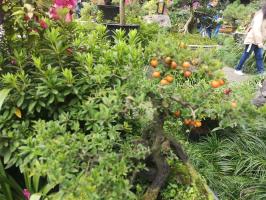1、 Soil:
Euphorbia lactiflora has strong adaptability and can grow in most soils. It is better to cultivate in fertile, loose and sandy or clayey soils with good drainage performance
2、 Fertilization:
After the seedlings of Euphorbia pekinensis are planted, they should be treated with diluted human excrement and urine once. When buds appear, they should be picked in time, and manure or cake fertilizer should be applied again to promote the growth of plants
3、 Watering:
The milk Euphorbia is drought resistant but not waterlogging resistant. Water it properly at ordinary times to ensure that the basin soil is wet. Do not water too much, otherwise it will produce ponding and easy to rot roots
4、 Temperature:
Milk Euphorbia is not resistant to high temperature and severe cold. Too high temperature will lead to slow plant growth, and too low temperature is easy to lead to plant frostbite. The temperature should be controlled between 12-15 ℃ during cultivation
5、 Precautions:
1. Disease:
The main disease of Euphorbia lactiflora is rust, which will cause a large number of leaves to fall off and affect its growth. Spraying Bordeaux liquid carbendazim wettable powder or carbendazim wettable powder can effectively control rust
2. Pests:
The main pests are Ailanthus altissima, Spodoptera spinosa and coir coir moth. They feed on the leaves of the plant, absorb the nutrients of the plant and affect the growth of the plant. Chemical agents such as trichlorfon solution and fenitrothion emulsion solution can be sprayed for control

 jackfruit
jackfruit snake plant
snake plant hibiscus
hibiscus hydrangea
hydrangea lavender
lavender Green roses climb al...
Green roses climb al... If you don't pay att...
If you don't pay att... Management of four g...
Management of four g...



































